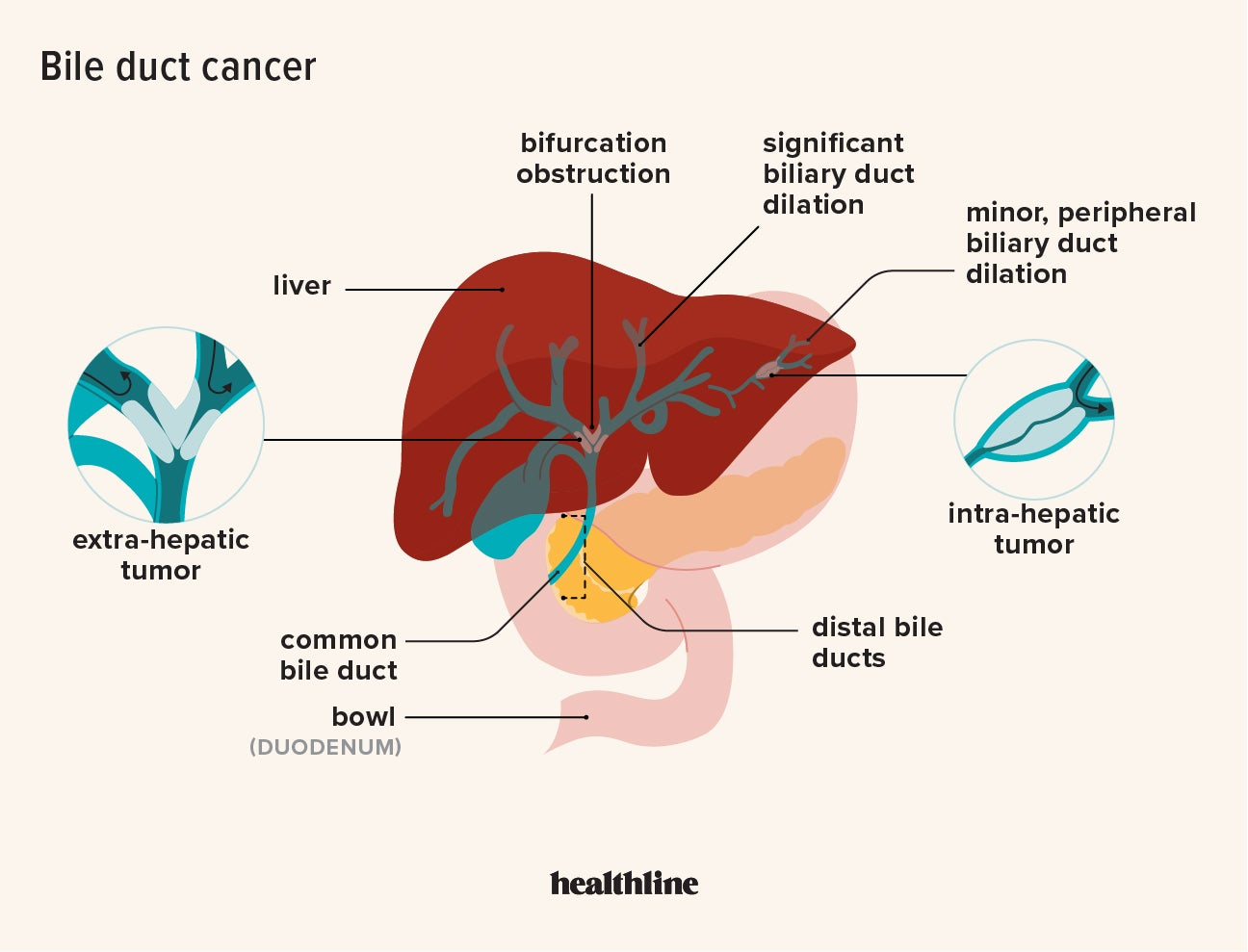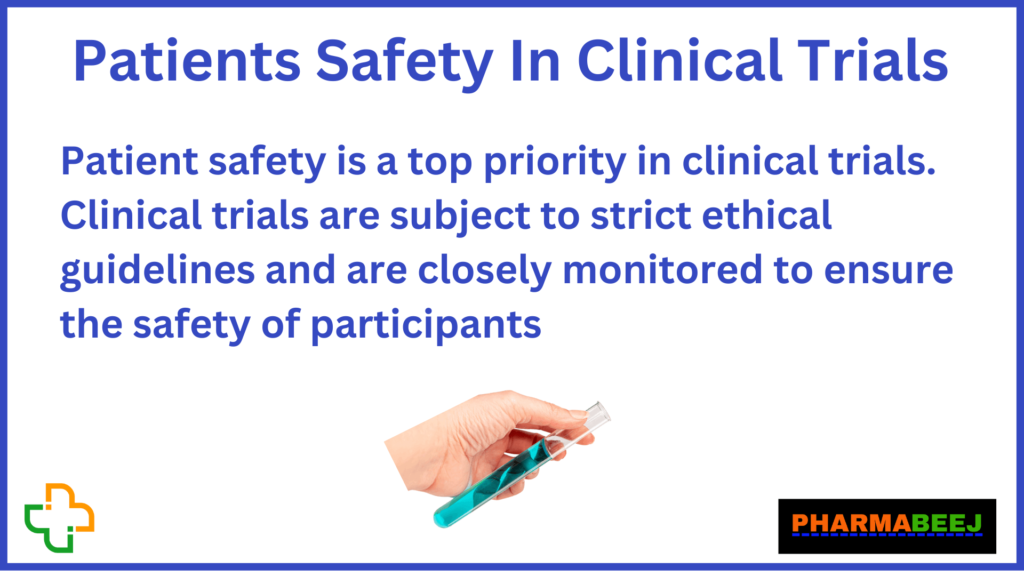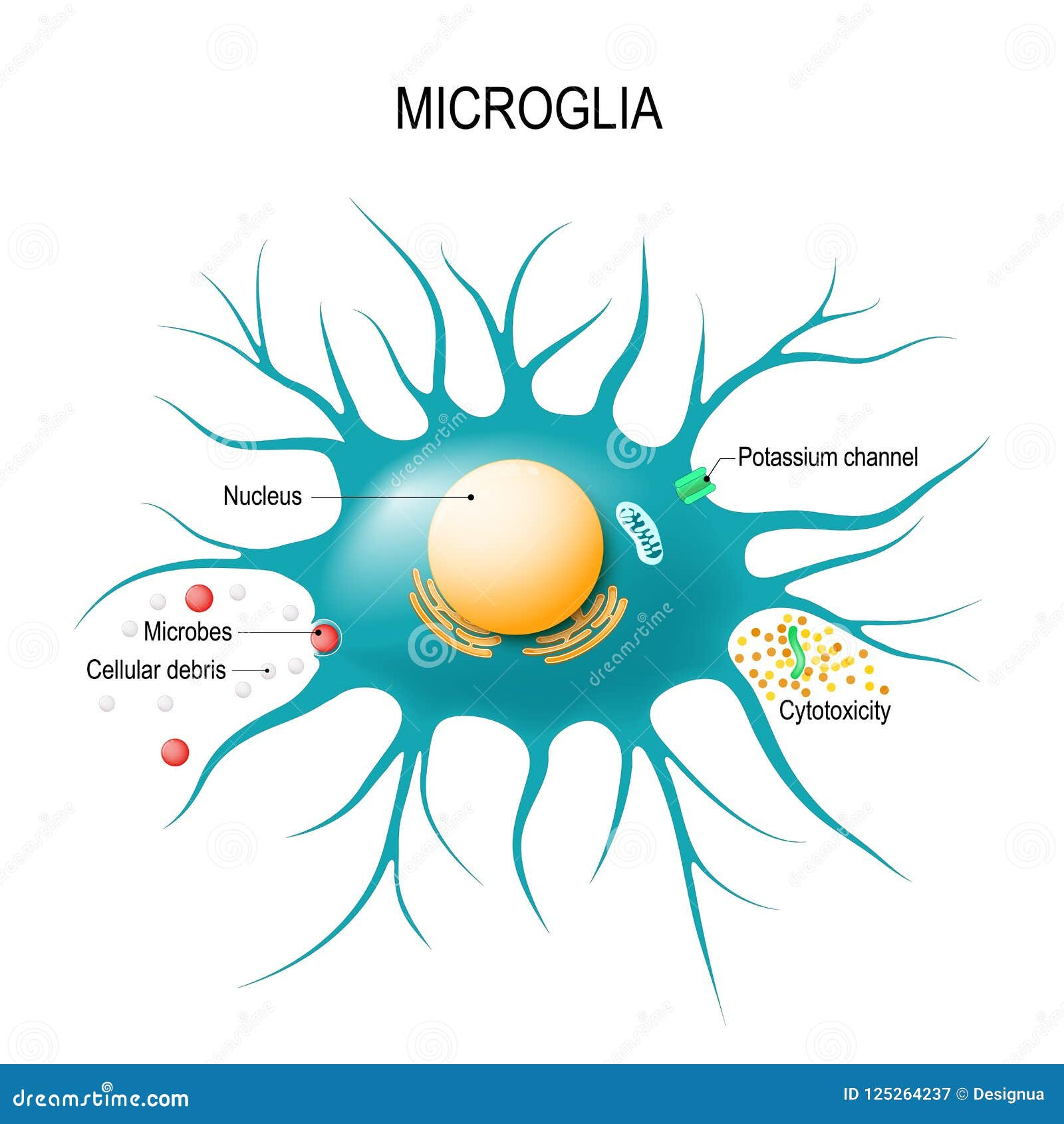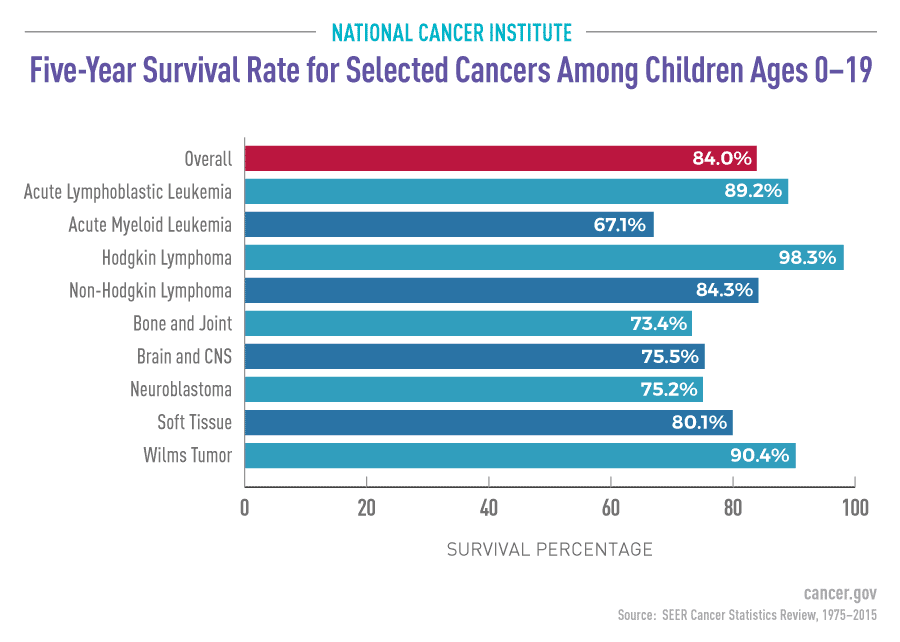Pediatric cancer recurrence poses significant challenges for young patients and their families, as it often leads to distressing and life-altering outcomes. Recent advancements in AI tools designed for pediatric cancer risk prediction are revolutionizing how healthcare professionals assess the likelihood of relapse in children with brain tumors, particularly gliomas. These sophisticated models utilize magnetic resonance imaging (MRI) data to track changes over time, enhancing the accuracy of predictions surrounding pediatric glioma treatment. By identifying patients at higher risk of recurrence earlier, doctors can better tailor their care strategies to either increase surveillance or initiate preventive therapies. This evolution in predictive modeling not only aims to improve clinical outcomes but also alleviates the emotional strain associated with frequent follow-ups for families navigating the complexities of childhood cancer.
Understanding the challenge of childhood cancer recurrences is crucial for effective treatment planning. Relapses in young patients can significantly complicate their recovery journey, particularly for those diagnosed with brain tumors, such as gliomas. Innovations in predictive analytics, especially those employing machine learning cancer methodologies, present hope for more accurate evaluations of relapse potentials. By analyzing vast amounts of MRI data, healthcare providers can uncover patterns that indicate the likelihood of recurrence, thus optimizing pediatric care. This multidisciplinary approach is pivotal in ensuring that young patients receive the most appropriate and timely interventions, enhancing their chances for a better prognosis.
Understanding Pediatric Cancer Recurrence
Pediatric cancer recurrence is a complex and challenging issue for both patients and their families. As children face the daunting journey of battling cancer, the possibility of relapse adds another layer of anxiety. Specifically, in conditions like pediatric gliomas, where treatment may initially be successful, the potential for recurrence makes ongoing monitoring and predictive measures crucial. The emotional toll of uncertainty can be significant, highlighting the need for innovative approaches to predict and manage these risks effectively.
Advancements in technology, particularly through artificial intelligence, have opened new avenues in understanding pediatric cancer recurrence. With sophisticated algorithms and machine learning models analyzing patterns in medical data, healthcare professionals can gain insights that were previously unattainable. By utilizing large datasets, like the nearly 4,000 MR scans analyzed in recent studies, researchers are now able to identify factors that contribute to the likelihood of relapse, ultimately leading to better patient outcomes.
The Role of AI in Predicting Pediatric Glioma Risk
The integration of AI tools in medicine has been a game-changer, especially in predicting the risk of pediatric gliomas. Traditional prediction methods often fall short, relying on isolated data points with limited contextual understanding. However, AI models trained on longitudinal data sets are proving to be more reliable. By employing temporal learning, these AI systems can synthesize information from multiple brain scans, allowing for a nuanced understanding of a patient’s ongoing condition and potential risks associated with glioma recurrence.
Studies have shown that AI models can enhance prediction accuracy dramatically compared to traditional single-scan assessments. For example, a recent study revealed that an AI model could predict glioma recurrence with an accuracy rate of 75-89%, a significant improvement over the 50% accuracy associated with single-image assessments. This capability not only empowers healthcare teams to make informed decisions regarding the frequency of imaging but also opens the door to personalized treatment plans for patients at higher risk of relapse.
AI Tools and Machine Learning in Pediatric Cancer Care,
Modern healthcare is increasingly leaning on technology to improve patient diagnostics and treatment. The use of machine learning in pediatric cancer care, particularly for gliomas, allows for enhanced analysis of medical images gathered over time. Tools that analyze multiple MRI scans create a comprehensive view of disease progression, enabling clinicians to identify significant changes in tumor behavior that may suggest a likelihood of recurrence.
By understanding the intricacies of pediatric cancers through AI, medical professionals can tailor follow-up care. For many patients, especially those with highly treatable forms of pediatric gliomas, reducing the frequency of unnecessary imaging may relieve both stress and financial burdens. Conversely, high-risk patients can benefit from more aggressive monitoring and preemptive therapies, directly improving the quality of care.
Magnetic Resonance Imaging Enhancements
Magnetic resonance imaging (MRI) remains a cornerstone in diagnosing and monitoring pediatric cancers. Its non-invasive nature and detailed imaging capabilities make it an ideal tool for tracking brain tumors’ progression and treatment response. However, the challenge often lies in the interpretation of these images, particularly in how to correlate them with the patient’s clinical outcomes. Innovations in AI applications on MRI data have ignited hope for enhanced predictive capabilities regarding recurrence risks in pediatric gliomas.
Recent advancements in MRI technology, when coupled with machine learning algorithms, can significantly enhance the resolution and analysis of brain scans. This synergy allows for the detection of subtle changes that may precede a relapse, providing opportunities for timely interventions. As these technologies continue to evolve, the potential for improving outcomes in pediatric cancer care is immense, paving the way for more individualized and precise treatment protocols.
Looking Ahead: Future of Pediatric Cancer Research
The future of pediatric cancer research appears bright, particularly with ongoing studies focused on enhancing predictive measures for glioma recurrence. As professionals in the field explore innovative methodologies—such as the application of AI and longitudinal imaging techniques—the hope is to transition these findings into clinical practice effectively. Continuous improvement in research approaches will not only refine risk assessments but also empower caregivers to tailor interventions that reflect each patient’s unique trajectory.
Furthermore, as more institutions engage in collaborative research efforts, there is a growing potential for developing standardized protocols that leverage AI findings. These advancements could transform clinical settings worldwide, improving access to cutting-edge predictive tools and ultimately leading to better health outcomes for children affected by gliomas. With sustained focus and funding, the integration of these technologies into everyday practice can reshape the landscape of pediatric oncology.
Clinical Trials: Implementing AI Insights
As research on pediatric cancer progresses, clinical trials play a vital role in testing the practical applications of AI-driven insights. Investigators are now looking into how the accuracy reported in studies translates upon application in real-world scenarios. Trials designed to assess the efficacy of AI-informed predictions will be pivotal in establishing confidence among clinicians in these new methodologies, thereby influencing widespread adoption.
These trials will also inform patients and families about potential treatment pathways based on personalized risk assessments. With a focus on minimizing unnecessary imaging for low-risk patients—while ensuring intensive monitoring for those identified as high risk—care strategies will become more efficient. The expected outcomes from these trials could revolutionize how pediatric gliomas are managed, ultimately leading to improved survival rates and quality of life.
Stress and Burden of Pediatric Cancer Surveillance
The journey through childhood cancer is often accompanied by significant emotional and psychological stress for both patients and their families. Frequent imaging and medical assessments can lead to feelings of anxiety and uncertainty, especially when it comes to the fear of pediatric cancer recurrence. This stress is compounded when families grapple with the reality of repeat hospital visits and the associated financial burdens of ongoing care.
Recognizing these challenges, the development of predictive tools using AI has the potential to transform the experience for families. By accurately identifying which patients require closer surveillance versus those who can be monitored less frequently, healthcare systems can prioritize resources and reduce the emotional toll on young patients. Enhancing the care experience is as critical as improving clinical outcomes, as addressing psychological wellbeing is integral to a child’s overall health.
Key Takeaways on Pediatric Cancer Innovations
The evolving landscape of pediatric cancer care is characterized by groundbreaking innovations aimed at improving patient outcomes. AI tools have emerged as powerful allies in predicting pediatric glioma recurrence, reshaping the traditional paradigms of treatment and monitoring. It is clear that leveraging technology not only enhances diagnostic accuracy but also personalizes care, allowing for a more tailored approach to treatment strategies.
As research continues to validate and refine these methods, the integration of AI and machine learning in clinical settings will likely become standard practice. Structures that facilitate collaboration among institutions and promote large-scale data sharing will be essential in advancing pediatric cancer research. The ultimate goal remains clear: to ensure that young patients receive the most effective, efficient, and compassionate care possible in their fight against cancer.
Frequently Asked Questions
What role does AI play in predicting pediatric cancer recurrence for gliomas?
AI tools, particularly those utilizing machine learning, have shown significant promise in predicting pediatric cancer recurrence, especially for gliomas. A recent study demonstrated that AI could analyze multiple brain scans over time, which resulted in a prediction accuracy of 75-89% for glioma recurrence, compared to only 50% with traditional single-scan methods.
How does temporal learning improve predictions of pediatric glioma recurrence risk?
Temporal learning enhances the ability of AI tools to predict pediatric glioma recurrence by training algorithms on a series of brain MRI scans taken over time. This method allows the AI to recognize subtle changes across multiple images and correlate them with subsequent cancer recurrence, leading to more accurate risk assessments in pediatric patients.
Why are follow-up MRIs important in monitoring pediatric cancer recurrence?
Follow-up MRIs are crucial in monitoring pediatric cancer recurrence because many children with gliomas are at risk of relapse after initial treatment. Traditional approaches require frequent imaging to track any changes, but AI tools could potentially reduce this burden by accurately assessing the risk of recurrence and minimizing unnecessary scans.
What is the significance of studying over 4,000 MR scans in pediatric glioma research?
Studying nearly 4,000 MR scans allows researchers to refine AI algorithms for predicting pediatric cancer recurrence. Extensive data improves the model’s ability to recognize patterns and changes over time, ultimately leading to better prediction outcomes for gliomas and enhancing patient care.
What potential changes could AI bring to the management of pediatric cancer recurrence?
AI could revolutionize the management of pediatric cancer recurrence by providing more precise risk assessments. This technology may allow for reducing the frequency of MRIs for low-risk patients while offering targeted adjuvant therapies for those identified as high-risk, thereby improving quality of care for children with gliomas.
Can machine learning be applied to other types of pediatric cancers beyond gliomas?
Yes, machine learning techniques used in AI tools have the potential to be applied to various types of pediatric cancers beyond gliomas. The principles of using longitudinal imaging data can help in predicting recurrence risks for several other cancer types, enhancing monitoring and treatment strategies across the pediatric oncology field.
| Key Point | Description |
|---|---|
| AI Tool for Prediction | An AI tool that better predicts relapse risk in pediatric cancer patients compared to traditional methods. |
| Study Background | Conducted by researchers at Mass General Brigham, using nearly 4,000 MR scans from 715 pediatric patients. |
| Temporal Learning Technique | A novel approach training AI by using multiple brain scans to improve predictive accuracy for cancer recurrence. |
| Accuracy of Predictions | The AI model showed a prediction accuracy of 75-89% for glioma recurrence, compared to 50% accuracy for single image predictions. |
| Future Prospects | Further validation and clinical trials are necessary to improve care by allowing less frequent imaging for lower-risk patients. |
Summary
Pediatric cancer recurrence is a critical area of research, especially for conditions like gliomas which are more common in children. Recent advancements, notably the introduction of a cutting-edge AI tool, have shown tremendous promise in accurately predicting the risk of relapse. By analyzing multiple brain scans over time, this AI application significantly enhances the accuracy of relapse predictions, leading to better-informed treatment strategies for young patients. As researchers continue to refine these innovative approaches, the goal remains clear: to ease the burden of follow-up care and ultimately improve outcomes for children affected by cancer.





